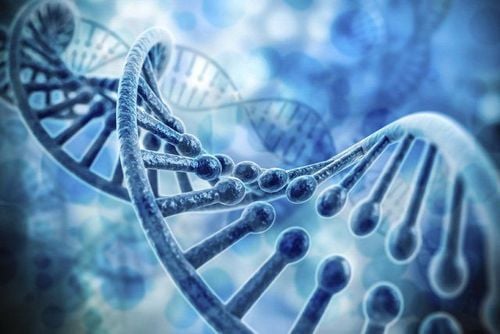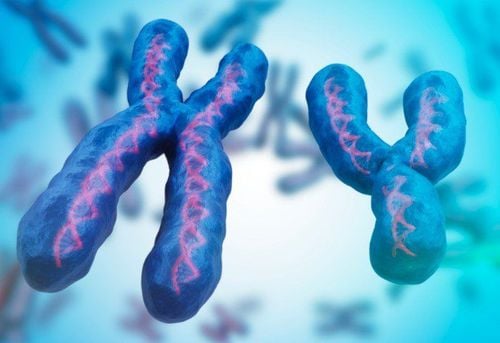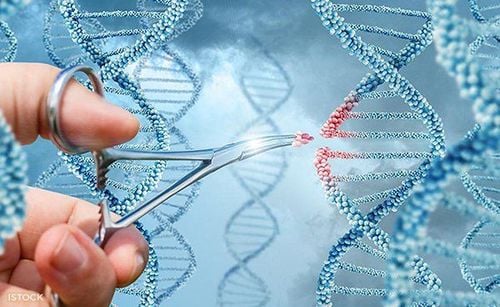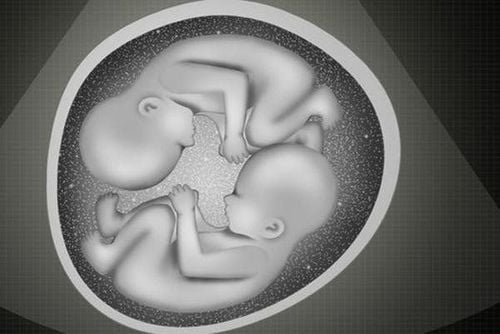This is an automatically translated article.
Ablepharon-Macrostomia syndrome is a very rare genetic disorder that often causes a variety of physical abnormalities in the head - face, skin, fingers and genitals. In particular, people with Ablepharon-Macrostomia often have malformations of the nipple and abdominal wall.
1. What is Ablepharon-Macrostomia Syndrome?
Ablepharon-Macrostomia syndrome (AMS for short) is an extremely rare genetic disorder that severely impairs quality of life.Ablepharon – Macrostomia often causes physical abnormalities, specifically abnormalities of the head, face, skin, and genitals. In addition, patients may also experience abnormalities in the nipple or abdominal wall.
For children, the most serious effect of this syndrome is language and mental retardation, making learning extremely difficult. Along with that, this is the cause of a lot of psychological instability in children, causing them to have negative and distorted thoughts.
2. Common Ablepharon-Macrostomia Symptoms
Signs of Ablepharon-Macrostomia syndrome are relatively clear and easy to see, usually body abnormalities such as:
Missing parts of the eye such as: Lack of eyelids, eyelashes or even eyebrows. The child's mouth is abnormally deformed, most commonly a fish-like opening.
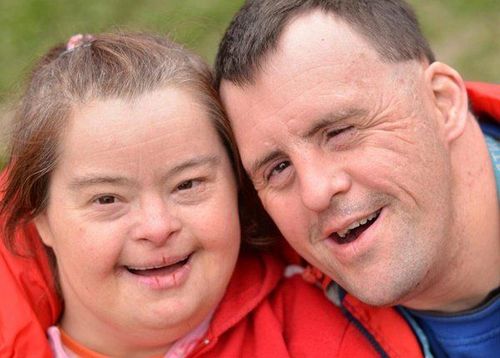
Miệng của trẻ dị dạng bất thường
The baby's skull bones are deformed, causing the shape of the face and head to change. Some children may have a deformed or absent cheekbone structure, causing the face to appear like a triangle. The patient's nostrils are very small, triangular in shape due to the lack of septum, and the ears are also lower than normal. Besides the skull bones, children also have many other abnormalities in the skin and fingers: thin skin, often appear many excess folds on the skin. These folds are more common in the hands, neck, buttocks, or behind the knees. Babies have malformations of the abdominal wall and malformations of the nipples in some cases, even of the genitals. The most typical phenomenon is abdominal hernia in children. Infants with this syndrome often lack fluff, the hair is abnormally thick and affects almost every area of the body. Besides the physical signs and symptoms, Ablepharon-Macrostomia syndrome can also cause mental problems, especially language delays and mental retardation.
3. What Causes Ablepharon-Macrostomia Syndrome?
The exact cause of Ablepharon-Macrostomia syndrome has not been identified to date. However, according to many researchers, this syndrome may be related to an inherited disorder on a recessive gene with the following mechanisms.
Both parents carry the disease gene: Children have a 25% chance of having the disease. One parent is sick, the other is normal: the children have a 50% chance of getting sick. There are still many other factors that lead to disease manifestations but are still not clear. Therefore, the treatment as well as overcoming symptoms of Ablepharon-Macrostomia syndrome is still very difficult.
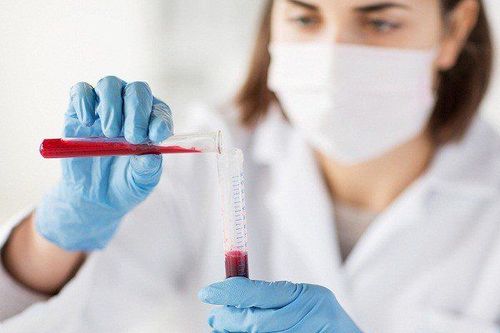
Xét nghiệm máu chẩn đoán hội chứng Ablepharon-Macrostomia
4. How is Ablepharon-Macrostomia syndrome diagnosed?
If the patient is suspected of having Ablepharon - Macrostomia, the doctor may order some diagnostic tests such as:
Blood test CT scan - CT scan X-ray - Magnetic resonance imaging (MRI)
5. Ablepharon – Macrostomia . Treatment
When a child is determined to have Ablepharon - Macrostomia, the child will be given a specific treatment plan by doctors to suit different medical conditions. In which, the most common are the following 2 groups:
5.1 Children with mental retardation This can lead to a series of mental instability as well as underdevelopment of intellect, language... of children. young.
This case requires special care from the family. Parents and relatives of children need to have patience to practice their children's memorization and reading - writing. Absolutely do not put pressure and hurt the child's psyche.
Along with that, doctors may also recommend some special education for children with Ablepharon-Macrostomia syndrome.

Giáo dục đặc biệt đối với trẻ mắc hội chứng Ablepharon-Macrostomia
5.2 Children with abnormalities and deformities on the body In this group of people, doctors will recommend some plastic surgery to correct and correct abnormalities on the body. These surgeries will be planned based on the age and specific health of the patient. In some cases, children need to reach a certain age before surgery can be performed.
Testing for genetic disorders – an effective way to prevent Ablepharon-Macrostomia syndrome.
Genetic disorder test is a type of DNA test with the results of genes likely to cause inherited diseases in the parents' life, thereby providing an accurate assessment of the child's risk of disease. Performing prenatal genetic disorders tests not only helps to detect the risk of Ablepharon-Macrostomia but also many other genetic diseases such as:
Nerve cell disorders that cause tumor growth. Thalassemia: congenital hemolysis. Disease sickle cell anemia. Cystic fibrosis. Duchenne muscular dystrophy. Hereditary hemophilia. Diseases caused by sex chromosomes such as Turner syndrome, super female syndrome,... Currently, Vinmec International General Hospital has been deploying many advanced prenatal genetic screening techniques with superior technology. dominant, thereby detecting abnormalities in chromosome number, gene mutations... and taking appropriate interventions to prevent/control these abnormalities.
Please dial HOTLINE for more information or register for an appointment HERE. Download MyVinmec app to make appointments faster and to manage your bookings easily.
LEARN MORE
Inherited metabolic disorders Screening and diagnostic tests for genetic disorders Genetic factors in autism spectrum disorder




